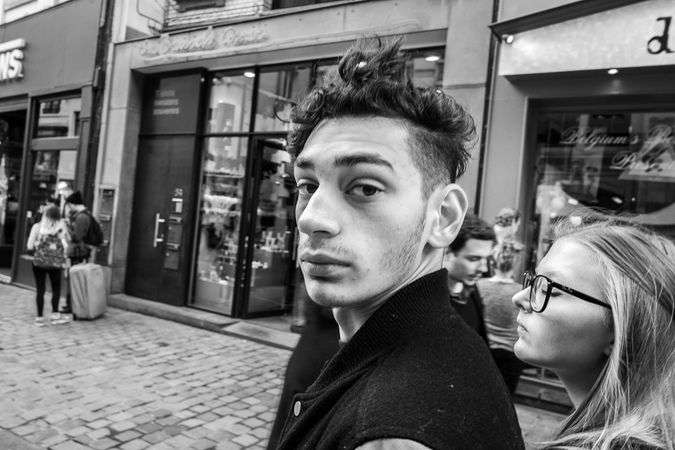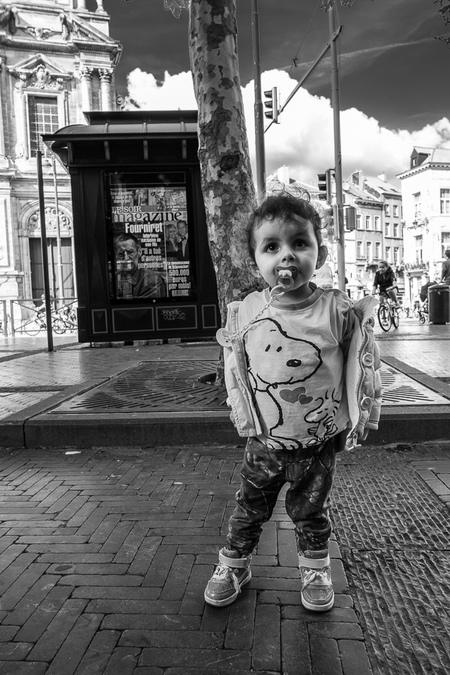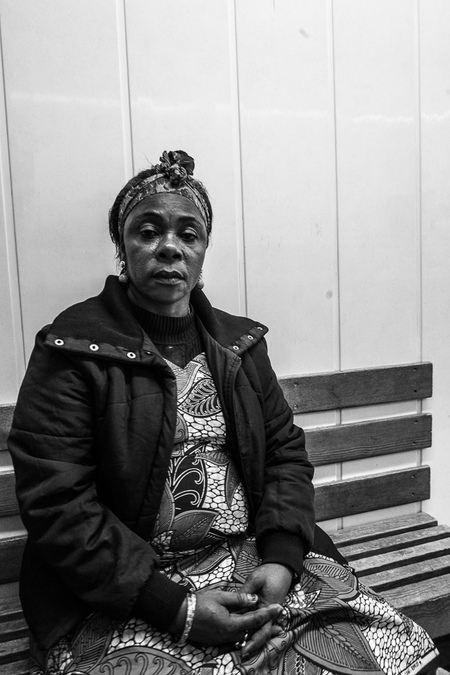rfaspen
[insert pithy phrase here]
Drunken people scare me. In so many ways.
I can appreciate the photo class "excuse". I remember when I could use that. Today, I have a similar (and honest) "excuse" when shooting in public places: "I'm doing a photo project on _____" Sometimes I'll add that I'm in a photo group/club and we have photo projects, and I'll explain the theme of the "project" I'm working on. My truthfulness and sincerity comes through and I think its very disarming. Even works on drunken people -- occasionally.
It helps that I am actually a member of a photo group, and that I assign myself projects. It also helps that I avoid the bar scene on Friday night, or homelessness. If homeless people are in my photos, its because they happen to be somewhere or doing something interesting, or interacting with subjects of my current "project". I really try to avoid the drunken.
I have had few serious negative interactions. I get plenty of suspicious looks and unspoken suspicious behaviour (which usually dissipates immediately if I happen to have a reason to provide my "excuse"), but few blow-ups or violence. The few times there was an incident, it was drunk people, or mentally-ill homeless people, or drunken mentally-ill homeless people.
I can appreciate the photo class "excuse". I remember when I could use that. Today, I have a similar (and honest) "excuse" when shooting in public places: "I'm doing a photo project on _____" Sometimes I'll add that I'm in a photo group/club and we have photo projects, and I'll explain the theme of the "project" I'm working on. My truthfulness and sincerity comes through and I think its very disarming. Even works on drunken people -- occasionally.
It helps that I am actually a member of a photo group, and that I assign myself projects. It also helps that I avoid the bar scene on Friday night, or homelessness. If homeless people are in my photos, its because they happen to be somewhere or doing something interesting, or interacting with subjects of my current "project". I really try to avoid the drunken.
I have had few serious negative interactions. I get plenty of suspicious looks and unspoken suspicious behaviour (which usually dissipates immediately if I happen to have a reason to provide my "excuse"), but few blow-ups or violence. The few times there was an incident, it was drunk people, or mentally-ill homeless people, or drunken mentally-ill homeless people.










